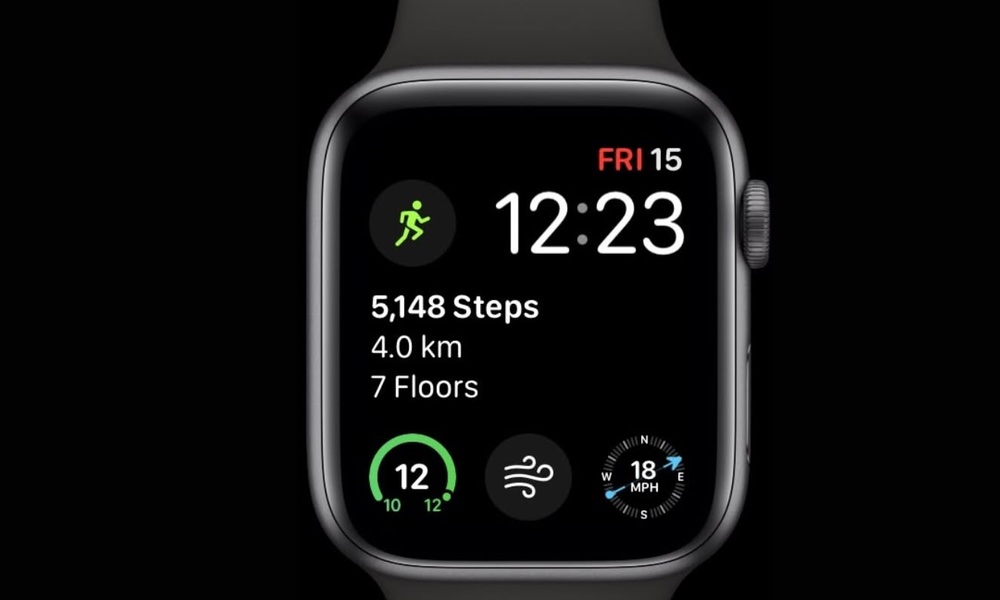Dr. Kearns is a Medical Resident and Dr. Tanguricha is Associate Professor, the Division of Endocrinology, Metabolism and Lipids of the Department of Medicine at Emory University School of Medicine in Atlanta, Georgia.
Vitamin D was the fourth vitamin discovered, preceded by vitamins A, B and C. Though initially controversial, considered a miracle drug by some and a fad by others, it has received increasing attention. In the nearly 100 years since its discovery, beyond its importance in bone health, scientists have identified many more potential uses for vitamin D — in cardiovascular disease, pregnancy, infection and cancer.
Nearly half of the healthy population of developed countries is deficient in vitamin D , skin age, color and sun exposure can all contribute to a lack of vitamin D synthesis. So can certain medications, obesity, and diet.Though some vitamin D2 and D3 can be acquired through diet, sun exposure remains the main source of the body’s vitamin D.
Research has focused on treating and preventing vitamin D deficiency through increased sun exposure, food fortification and taking vitamin D supplements.
There are two major forms of vitamin D in humans: vitamin D3 and vitamin D2 . Though some vitamin D2 and D3 can be acquired through diet, the synthesis of vitamin D3 in the skin with sunlight exposure remains the main source of the body’s vitamin D . The liver converts the D2 and D3 into an active form, which circulates in the body for two-to-three weeks .
Vitamin D status is determined by measuring how much of this active form is in the blood. Most scientists believe the level should be greater than 30 ng/mL since this is ideal for calcium absorption and bone health . Nearly half of the healthy population , and even more of many diseased populations, are vitamin D deficient or at risk for deficiency .Nearly all young, healthy adults who spend less than 10 hours a week outdoors are likely vitamin D deficient or insufficient.
Seasonal variations in sun exposure also contribute to vitamin D insufficiency ); during winter, changes in the angle of the Earth to the sun cause less UVB radiation to reach the Earth’s surface and contribute to the well-documented decline in vitamin D status following winter months .Because vitamin D is fat soluble, people who are overweight need more vitamin D to maintain adequate levels in their blood.
Vitamin D deficiency often continues into childhood. About 1 in 10 children have vitamin D deficiencies. Particularly at risk for deficiency are teen girls who are nonwhite and obese
Vitamin D deficiency is also common among those with damage to the organs that activate vitamin D, such as patients with end stage liver or chronic kidney disease (CKD) . Kidney disease causing loss of protein can also result in vitamin D deficiency .Vitamin D seems to boost innate immunity by increasing white blood cells' ability to kill bacteria.
Finally, obesity (a body mass index greater than 30) can contribute to vitamin D deficiency. Vitamin D is fat soluble, so people who are obese and deficient require more supplementation of vitamin D to achieve an equivalent increase, and need a higher vitamin D intake generally to maintain adequate levels of D in the blood. . Certain medications, such as anti-convulsants like phenobarbital and glucocorticoids, accelerate the breakdown of vitamin D, making it less available to the body.
Treating vitamin D deficiency can reduce your risk of hip and non-vertebral fractures , but it is possible to have too much of a good thing, however. High doses of vitamin D (300,000-600,000 IU of vitamin D2 and D3) have been found to increase fracture risk in seniors . Follow the directions from your physician or those on the label of any supplement you take.
Because vitamin D is fat soluble, People who are obese require more vitamin D to achieve an equivalent increase so higher vitamin D intake is required to maintain adequate levels of vitamin D.
Vitamin D may also be helpful in reducing the effects of infectious disease, in particular respiratory illness. It seems to boost innate immunity by increasing white blood cells' ability to kill bacteria and reducing inflammation .
In our second and final installment, we will cover how you can be sure you are getting enough vitamin D and what to do if you aren't.





